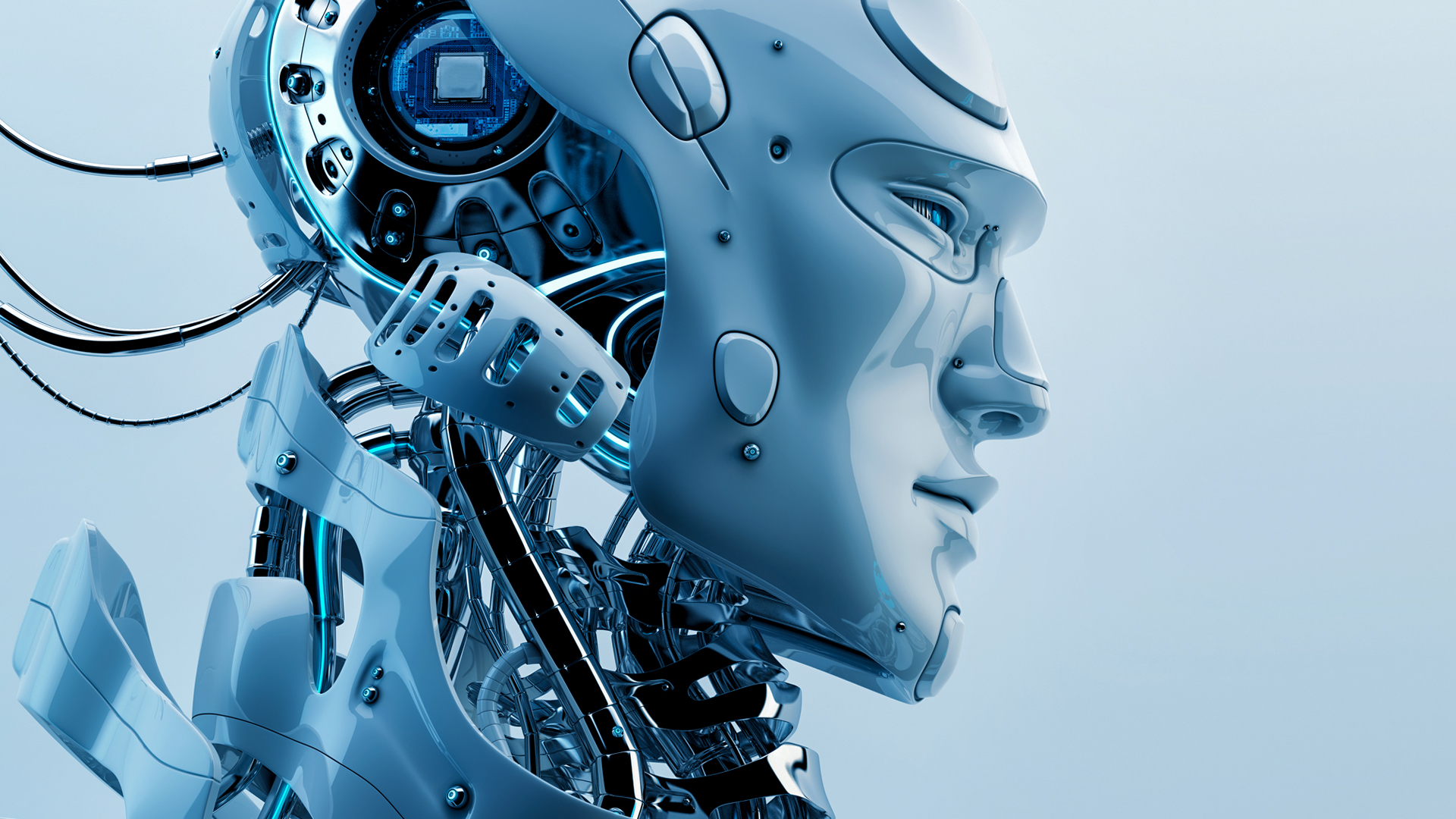Symbolic AI Programming Languages: Best Tools for Developing Intelligent Systems
Symbolic AI programming languages serve as powerful tools that bridge human reasoning with machine intelligence. These specialized languages form the backbone of rule-based AI systems, enabling developers to encode complex logical relationships and knowledge representations in ways that machines can interpret and humans can understand.
While modern AI often focuses on neural networks and machine learning, symbolic AI programming languages like Prolog continue to play a vital role in developing intelligent systems that require explicit reasoning and logic-based problem-solving. These languages excel at tasks where clear, interpretable decision-making processes are crucial – from automated legal analysis to complex diagnostic systems.
The beauty of symbolic AI programming languages lies in their ability to represent knowledge in a structured, human-readable format. Unlike the black-box nature of neural networks, these languages allow developers to create systems where every decision can be traced back to specific rules and logical inferences. This transparency makes them particularly valuable in fields like healthcare, finance, and legal technology, where accountability and explainability are paramount.
Today’s most innovative AI solutions often combine symbolic programming with modern machine learning approaches, creating hybrid systems that leverage the strengths of both paradigms. These neurosymbolic approaches merge the precision of logical reasoning with the pattern-recognition capabilities of neural networks, opening new possibilities for more sophisticated and reliable AI applications.
Overview of Symbolic AI
Symbolic AI, also known as Good Old-Fashioned Artificial Intelligence (GOFAI), represents a foundational approach to creating intelligent systems through the manipulation of human-readable symbols and logical rules. Unlike modern machine learning techniques that rely on statistical patterns in data, symbolic AI focuses on explicit knowledge representation and reasoning—much like how humans process abstract concepts and make logical deductions.
Symbolic AI operates through three key elements: knowledge representation, logic programming, and rule-based reasoning. Knowledge representation provides the framework for encoding information in a format machines can process, typically using semantic networks, frames, or formal logic. This structured approach allows systems to store and manipulate complex concepts in ways that mirror human cognitive processes.
The field traces its origins to pioneering work by researchers like John McCarthy, Herbert Simon, and Allen Newell in the 1950s and 1960s. These early AI researchers believed that human intelligence could be replicated by manipulating symbols according to logical rules. Their work led to breakthrough developments in automated reasoning and problem-solving, establishing symbolic AI as the dominant paradigm in artificial intelligence research for several decades.
Logic programming serves as the computational engine of symbolic AI, enabling systems to make inferences and deductions based on their knowledge base. Languages like Prolog revolutionized the field by providing powerful tools for expressing and solving complex logical problems. Through rule-based systems, symbolic AI can chain together logical statements to reach conclusions, similar to how human experts apply their knowledge to solve problems.
The practical impact of symbolic AI became evident through expert systems—specialized programs designed to solve complex problems by mimicking human expertise. MYCIN, an early medical diagnosis system, demonstrated how rule-based reasoning could match human-level performance in specialized domains. These successes sparked widespread adoption of symbolic AI in industries ranging from healthcare to manufacturing.
While the rise of machine learning has shifted focus away from purely symbolic approaches, the field’s emphasis on explainable reasoning and knowledge representation remains relevant today. Modern hybrid systems increasingly combine symbolic reasoning with neural networks, leveraging the strengths of both approaches to create more robust and interpretable AI systems. This evolution suggests that the principles of symbolic AI will continue to play a vital role in advancing artificial intelligence toward more human-like reasoning capabilities.
Prolog: The Logic Programming Language
Prolog stands as a cornerstone in symbolic artificial intelligence, offering a unique approach to programming that mirrors human logical reasoning. Unlike traditional programming languages that focus on how to solve problems, Prolog emphasizes what needs to be solved through its declarative nature. This fundamental difference makes it particularly powerful for building sophisticated AI systems.
At its core, Prolog operates through a knowledge base of facts and rules. Developers can represent complex relationships and logical connections in a way that closely resembles natural language. For example, instead of writing detailed procedural code, you might simply state facts like parent(john, mary) or rules like grandparent(X,Y) :- parent(X,Z), parent(Z,Y), allowing Prolog to automatically deduce relationships and solve queries.
Real-world applications of Prolog span various domains. In healthcare, Prolog-based systems assist physicians in medical diagnosis by analyzing symptoms, medical histories, and test results through logical inference. These systems can process complex relationships between symptoms and conditions, helping doctors make more informed decisions.
The language particularly excels in knowledge representation and expert systems. Its ability to handle uncertainty and incomplete information makes it invaluable for scenarios where decisions must be made based on partial data. For instance, in financial systems, Prolog helps detect fraudulent activities by analyzing transaction patterns and applying logical rules to identify suspicious behavior.
One of Prolog’s most distinctive features is its built-in pattern matching and backtracking capabilities. These mechanisms allow the system to systematically explore multiple solution paths, making it especially effective for solving complex puzzles, scheduling problems, and other scenarios requiring extensive search and optimization.
Prolog’s influence extends beyond traditional AI applications. Modern implementations integrate with machine learning systems, combining symbolic reasoning with data-driven approaches. This hybrid approach offers the best of both worlds – the explicit reasoning capabilities of symbolic AI and the pattern recognition strengths of statistical methods.
For developers entering the field of AI, Prolog provides a unique perspective on problem-solving. Its logical foundation helps build strong reasoning skills, while its declarative nature encourages thinking about problems in terms of relationships and rules rather than sequential steps. This paradigm shift often leads to more elegant and maintainable solutions for complex AI challenges.
Applications of Symbolic AI Programming Languages


Symbolic AI programming languages have revolutionized key areas of artificial intelligence by providing robust frameworks for encoding human-like reasoning and knowledge representation. These specialized languages excel at solving complex problems through explicit rule systems and logical inference – capabilities that complement modern machine learning approaches.
In natural language processing, symbolic AI languages enable sophisticated parsing and understanding of human language. For example, recent research has shown that combining symbolic reasoning with neural networks significantly improves the accuracy and interpretability of language understanding systems. This hybrid approach allows AI systems to not just recognize patterns in text, but also reason about meaning and context in ways that more closely mirror human comprehension.
Expert systems represent another crucial application domain where symbolic AI languages prove invaluable. These systems codify human expertise through logical rules and inference mechanisms to provide reliable decision support. In healthcare, for instance, expert systems built with symbolic AI can analyze patient symptoms, medical history, and diagnostic data to suggest potential diagnoses and treatment plans while providing clear explanations for their recommendations.
The field of robotics has also benefited substantially from symbolic AI programming languages, particularly in scenarios requiring complex reasoning about actions and their consequences. Robots equipped with symbolic reasoning capabilities can better understand their environment, plan sequences of actions, and adapt to unexpected situations. This is especially important in industrial and research settings where robots must make autonomous decisions while maintaining predictable and explainable behavior.
One of the unique strengths of symbolic AI languages is their ability to represent and manipulate abstract concepts and relationships explicitly. Unlike purely statistical approaches, symbolic systems can encode complex domain knowledge, logical constraints, and causal relationships in a human-readable format. This transparency proves crucial in applications where the reasoning process must be auditable and verifiable, such as in legal or medical decision support systems.
| Domain | Application | Description |
|---|---|---|
| Natural Language Processing | Language Translation | Symbolic AI allows for the representation and manipulation of linguistic symbols, leading to more accurate and contextually relevant translations. |
| Healthcare | Expert Systems | Symbolic AI is used in medical diagnosis systems to analyze symptoms, medical history, and diagnostic data, providing clear explanations for diagnoses and treatment plans. |
| Finance | Fraud Detection | Symbolic AI analyzes transaction patterns and applies logical rules to identify suspicious behavior, helping to detect fraudulent activities. |
| Legal | Legal Advisory Systems | Symbolic AI helps analyze legal texts, identify relevant precedents, and predict potential case outcomes to assist lawyers. |
| Robotics | Autonomous Decision-Making | Symbolic AI enables robots to navigate complex environments, manipulate objects, and perform tasks that require logical reasoning and decision-making capabilities. |
While modern AI increasingly employs hybrid approaches, the foundational role of symbolic programming languages remains vital. Their ability to encode explicit knowledge and reasoning mechanisms continues to complement data-driven approaches, especially in domains where interpretability, reliability, and formal verification are paramount.
Challenges and Limitations of Symbolic AI
Symbolic AI faces several significant challenges in real-world applications. While effective for well-defined problems, these systems struggle with the complexity and ambiguity found in many real-world scenarios.
The most pressing challenge is the knowledge acquisition bottleneck. Unlike machine learning models that automatically extract patterns from data, symbolic AI systems require human experts to manually encode knowledge into explicit rules and symbols. Building and maintaining knowledge bases becomes increasingly time-consuming and expensive as domains grow more complex.
Another fundamental limitation is symbolic AI’s difficulty in handling uncertainty and ambiguous information. In the real world, information is often incomplete or imprecise. For example, when a symbolic AI system encounters a statement like “The weather might be good for a picnic tomorrow,” it struggles to process the inherent uncertainty in terms like “might” and “good” that humans naturally understand.
As noted in recent research, the lack of self-learning capabilities significantly impacts these systems’ adaptability. While symbolic AI can expertly apply predefined rules, it cannot autonomously learn from new experiences or improve its performance over time – a stark contrast to modern machine learning approaches.
The symbol grounding problem presents another significant hurdle. This refers to the challenge of connecting abstract symbols to their real-world meanings without explicit human intervention. For instance, a symbolic AI system might have rules about “chairs,” but struggles to recognize a beanbag as a chair because it doesn’t match the explicit characteristics in its knowledge base.
Scalability issues also plague symbolic AI systems as problem complexity grows. The number of rules and symbols required increases exponentially with domain size, leading to computational challenges and potential inconsistencies in the knowledge base. This makes it particularly difficult to apply symbolic AI to large-scale, dynamic environments where conditions constantly change.
The rigid nature of symbolic AI systems, while providing excellent reasoning capabilities in well-defined domains, becomes a significant limitation when dealing with the fluid and often ambiguous nature of real-world problems.
Dr. Vaishak Belle, University of Edinburgh
To address these limitations, researchers are increasingly exploring hybrid approaches that combine symbolic AI with machine learning techniques. These neural-symbolic systems aim to leverage the strengths of both paradigms – the explicit reasoning capabilities of symbolic AI and the pattern recognition and learning abilities of neural networks – to create more robust and adaptable artificial intelligence systems.
Hybrid Approaches: Combining Symbolic and Neural AI


Robotic arm meets classical artistry against yellow – Via analyticsindiamag.com
Integrating symbolic AI with neural networks creates powerful hybrid systems that overcome the limitations of each approach alone. These neuro-symbolic architectures combine the pattern recognition and learning capabilities of neural networks with the logical reasoning and explainability of symbolic AI.
At its core, hybrid AI enables systems to both learn from data and reason using explicit rules and knowledge. Neural components excel at processing raw sensory data and discovering patterns, while symbolic modules provide logical inference, knowledge representation, and human-interpretable explanations. This synergy allows hybrid systems to tackle complex tasks that neither approach could handle independently.
One compelling example is AlphaGeometry, which leverages neural networks to guide symbolic theorem proving for solving complex geometry problems. The neural component learns patterns from millions of examples to suggest promising proof strategies, while the symbolic engine rigorously verifies each step. This hybrid approach enabled the system to solve Olympic-level geometry problems with unprecedented success.
In medical applications, hybrid systems combine neural image processing with symbolic reasoning about medical knowledge and guidelines. For instance, when analyzing medical scans, the neural network identifies visual patterns while the symbolic component applies clinical rules and constraints, leading to more accurate and explainable diagnoses that doctors can trust.
The benefits of hybrid approaches extend to natural language processing as well. Systems like BRAID integrate neural language understanding with symbolic logic to generate coherent explanations by weaving together neural predictions with logical reasoning chains. This produces more reliable and interpretable results compared to pure neural or symbolic methods.
The integration of neural networks with symbolic AI represents a crucial step toward more robust and trustworthy artificial intelligence that can both learn and reason effectively.
Artur d’Avila Garcez, AI Research Scientist
While implementing hybrid systems presents technical challenges in seamlessly connecting neural and symbolic components, the potential benefits make it a compelling direction for advancing AI capabilities. As research progresses, we can expect to see hybrid approaches become increasingly prevalent across domains requiring both flexible learning and rigorous reasoning.
| Type | Accuracy | Inference Time | Interpretability | Scalability |
|---|---|---|---|---|
| Symbolic AI | High | Moderate | High | Low |
| Neural AI | Very High | Fast | Low | High |
| Hybrid AI | Very High | Moderate | High | Moderate |
Conclusion: Future Directions in Symbolic AI


Scientists and robots in a high-tech lab setting. – Via allaboutai.com
The future of symbolic AI stands at a transformative crossroads, where the integration of neural and symbolic approaches promises to revolutionize artificial intelligence.
Researchers are making significant strides in combining the logical reasoning capabilities of symbolic systems with the adaptable learning powers of neural networks, creating more robust and interpretable AI solutions. The emerging landscape of symbolic AI reveals several promising directions.
Researchers are actively developing new frameworks for knowledge representation that can seamlessly bridge the gap between symbolic reasoning and neural learning. This synthesis enables AI systems to not only process data efficiently but also to explain their decision-making processes in human-understandable terms.
A particularly exciting advancement is the development of hybrid architectures that can handle both structured symbolic knowledge and unstructured data. These systems demonstrate enhanced capabilities in complex reasoning tasks while maintaining the flexibility to learn from new experiences – a crucial combination for next-generation AI applications.
SmythOS emerges as a powerful ally for developers in this evolving landscape. Its robust platform provides essential tools for implementing hybrid AI systems, offering built-in debugging capabilities that streamline the development process. The platform’s visual interface for designing symbolic reasoning systems, combined with its support for multiple reasoning paradigms, enables developers to create sophisticated AI solutions that leverage both symbolic and neural approaches.
As we look ahead, the integration of symbolic and neural AI will continue to advance, pushing the boundaries of what artificial intelligence can achieve. The focus on interpretability, robust reasoning, and practical implementation tools suggests a future where AI systems become not just more powerful, but also more trustworthy and accessible to developers across various domains.
Last updated:
Disclaimer: The information presented in this article is for general informational purposes only and is provided as is. While we strive to keep the content up-to-date and accurate, we make no representations or warranties of any kind, express or implied, about the completeness, accuracy, reliability, suitability, or availability of the information contained in this article.
Any reliance you place on such information is strictly at your own risk. We reserve the right to make additions, deletions, or modifications to the contents of this article at any time without prior notice.
In no event will we be liable for any loss or damage including without limitation, indirect or consequential loss or damage, or any loss or damage whatsoever arising from loss of data, profits, or any other loss not specified herein arising out of, or in connection with, the use of this article.
Despite our best efforts, this article may contain oversights, errors, or omissions. If you notice any inaccuracies or have concerns about the content, please report them through our content feedback form. Your input helps us maintain the quality and reliability of our information.